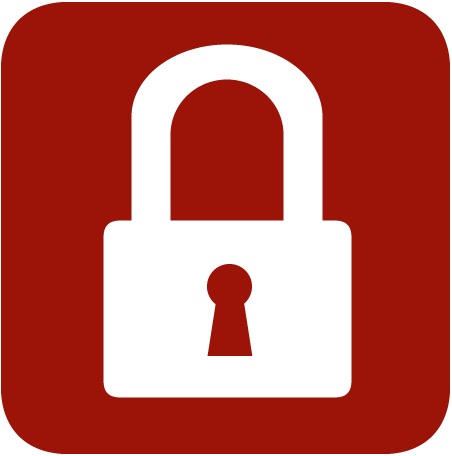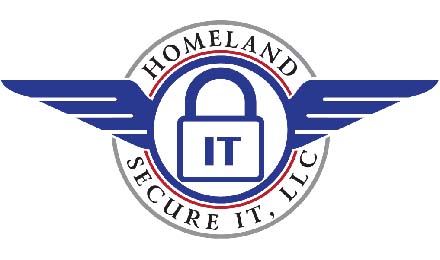 The Spartanburg Regional Healthcare System notebook that was stolen from an employee’s car this year has caused concern for many individuals who’s records were contained on that device. (Story Here)
The Spartanburg Regional Healthcare System notebook that was stolen from an employee’s car this year has caused concern for many individuals who’s records were contained on that device. (Story Here)
What can you do to protect your data from prying eyes in the event your notebook or even a desktop computer is stolen? Easy, you can utilize disk or file encryption… In many cases, it is available to you absolutely free of charge.
One form of encryption that you may already have, if you are using Windows Vista or 7 Ultimate or Enterprise (or Server 2008 or Server 2008 R2) is to use BitLocker drive encryption. This is built into those operating system versions and gives you the choice of three different authentication mechanisms, including a mode that requires a USB key to be in place before the data can be accessed.
Some people have opted for TrueCrypt, an open source encryption package that works with Microsoft Windows 7, Windows Vista and Windows XP, as well as Mac OS X and Linux. It has the capability to create a virtual encrypted disk that resides inside a file on the hard drive, which it mounts as a normal system disk, or to encrypt an entire partition or hard drive, including the Windows boot partition.
There are countless methods to protect your data, from the two listed above, to a plethora of commercial products in software and even hardware form. Some would argue that a “free” tool such as TrueCrypt could not be as robust as XYZ commercial offering, and while that argument has some validity, one thing is for certain; A system protected with *any* type of encryption is 100% more secure than an unprotected system.
Should you wish to talk to someone about options available to you or your business, please call us and arrange for a free, no obligation consultation here in the Greenville / Upstate, SC area. 864.990.4748 or info@homelandsecureit.com
